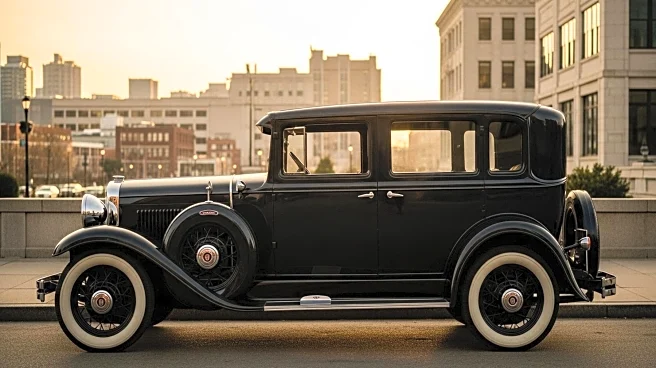What is the story about?
What's Happening?
In the 1920s, Chevrolet made a strategic decision to enhance the style of its vehicles, notably the 1925 Chevrolet Superior Series K, by lowering the body and offering paint in several colors. This move was a response to the country's evolving preference for stylish automobiles, which significantly impacted car sales. While Chevrolet embraced this change, Ford's reluctance to adapt to the new style trends resulted in a loss of market share. The transformation in vehicle aesthetics marked a pivotal moment in the automotive industry, where style became a crucial factor in consumer purchasing decisions.
Why It's Important?
Chevrolet's decision to prioritize style in its vehicle design during the 1920s had a lasting impact on the automotive industry. It demonstrated the importance of aligning product offerings with consumer preferences, particularly in terms of aesthetics. This shift not only boosted Chevrolet's sales but also set a precedent for other automakers to follow. The emphasis on style contributed to the evolution of car design, influencing how vehicles are marketed and perceived by consumers. It underscores the significance of innovation and adaptability in maintaining competitiveness in the automotive market.
Beyond the Headlines
The focus on style in the 1920s reflects broader cultural shifts where aesthetics began to play a more prominent role in consumer choices across various industries. This change in consumer behavior highlights the intersection of fashion and functionality, influencing product development beyond the automotive sector. The historical context of Chevrolet's style transformation offers insights into how cultural trends can drive industry evolution and shape market dynamics.
AI Generated Content
Do you find this article useful?














